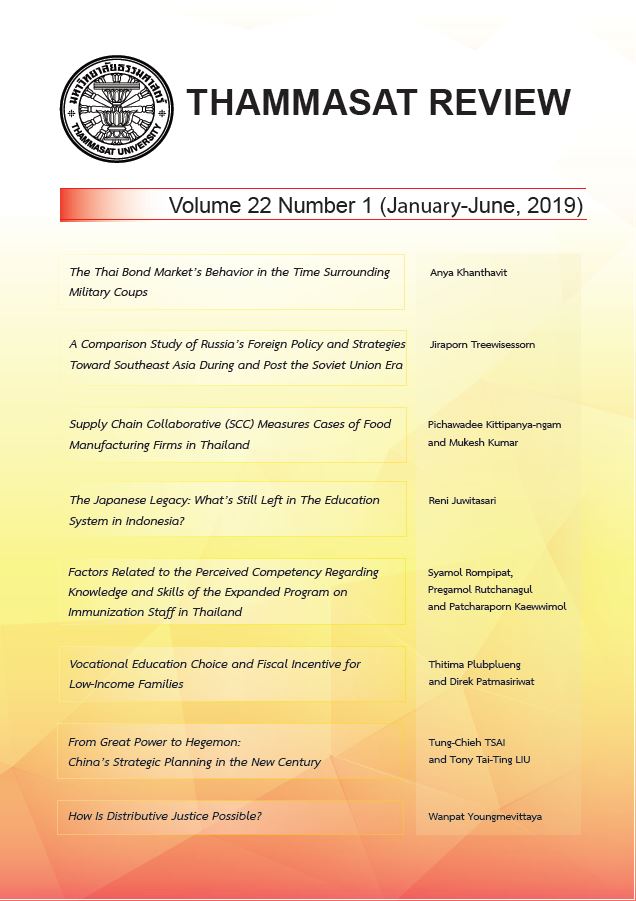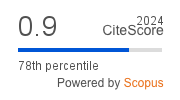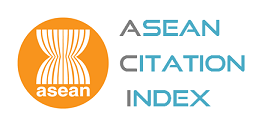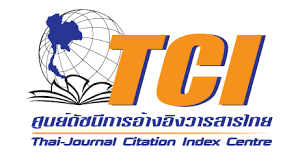Vocational Education Choice and Fiscal Incentive for Low-Income Families
Keywords:
Fiscal incentive scheme, Vocational education, General education, Low-income children, Fiscal costAbstract
This research presents a case study of parental and student choices over vocational education versus general education assuming that a government provides a financial incentive for students who are currently in Mattayom 3 and would take vocational education. Specifically, a survey of 607 households from 4 provinces in Thailand was conducted to infer about their educational preferences and choices, and the bivariate probit method was modeled to test important factors. According to the scheme, the government would set a fund to promote vocational education and 2,200 baht per month would be granted as an incentive for those who chose vocational schools. Two equations were used in the estimations:1i) the probability of choosing a vocational school; and 2) the estimated proportion of those who are interested in the scheme. Our findings are as follows. Firstly, 40 percent of the respondents expressed an interest in participating in the scheme. Secondly, the scheme attracted a higher proportion of low-income children than medium or high income children. This was perhaps due to a higher chance of employment and a relatively quick financial return from vocational education. Lastly, the fiscal cost of the scheme was estimated to be around 6,090 million baht per year.
Downloads
Published
How to Cite
Issue
Section
License
The opinions and ideas expressed in all submissions published in Thammasat Review are solely that of the author(s) and do not necessarily reflect that of the editors or the editorial board.
The copyright of all articles including all written content and illustrations belong to Thammasat Review. Any individuals or organisation wishing to publish, reproduce and distribute a particular manuscript must seek permission from the journal first.








